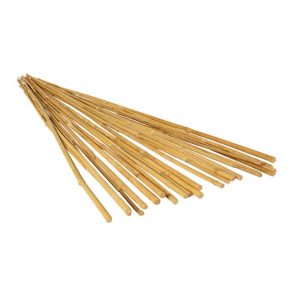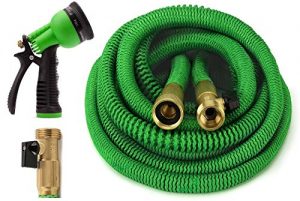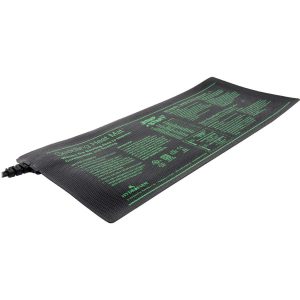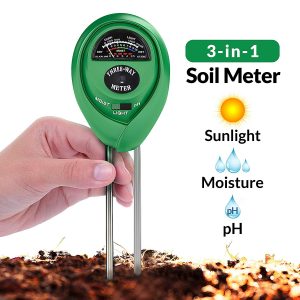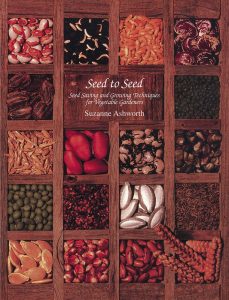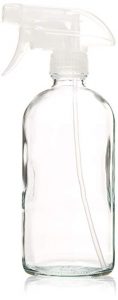I love to garden because it’s such a simple activity. What comes out of the ground and grows underneath it is complex and wonderful, but you really don’t need anything fancy to be a successful gardener. A lot of patience and determination is helpful, of course, but otherwise, the tools required are minimal. I do have a few favorite garden-related products, though. Here are some of the things I frequently use in and around my green space.
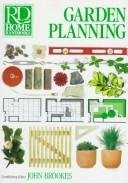
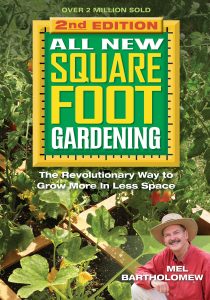
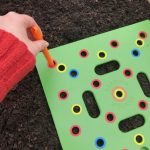
This little square is helpful for spacing out seeds in the garden. It’s a great little gadget for square foot gardening but works well for any planting scheme. Prevent wasting seeds and money by targeting your sowing. When seeds come up in an organized fashion, you’ll quickly be able to thin and pluck unwanted weeds.

